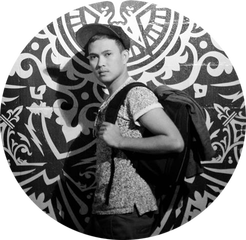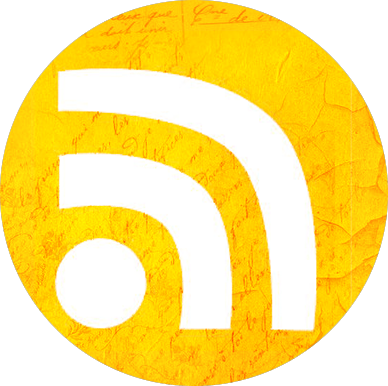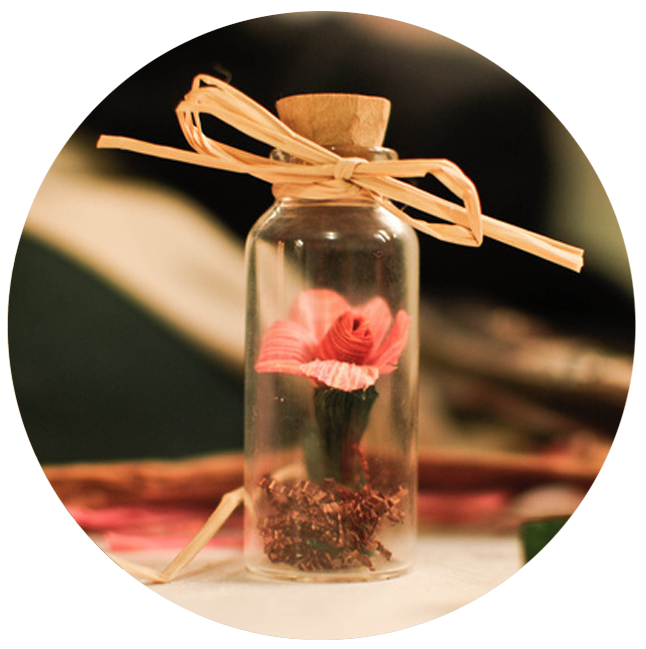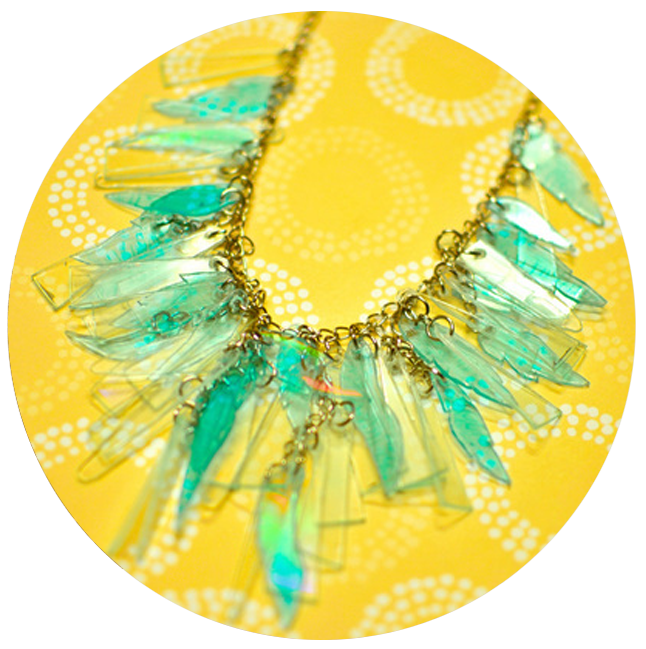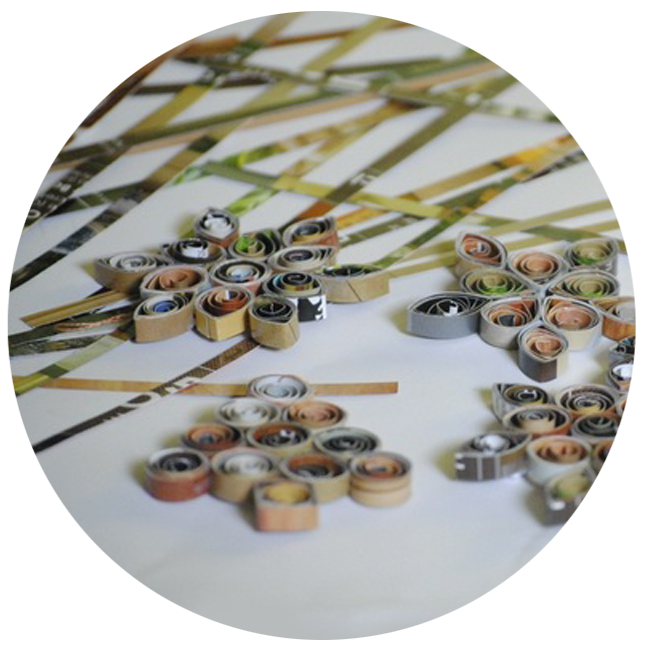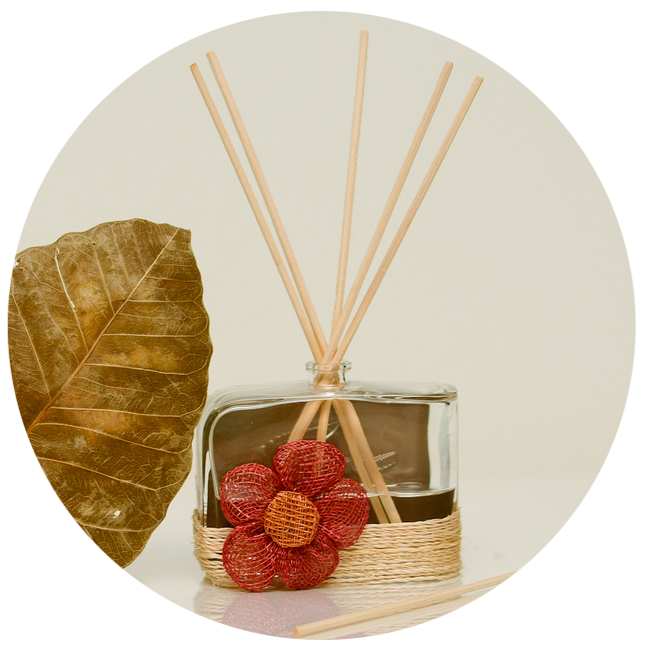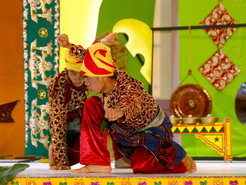
The National Commission for Culture and the Arts (NCCA) is the overall policy making body, coordinating and grants giving for the preservation, development and promotion of Philippine arts and culture; an executing agency for the policies it formulates; and task to administering the National Endowment Fund for Culture and the Arts (NEFCA), fund exclusively for the implementation of culture and arts program in line with the Medium Term Philippine Development Plan for Culture and the Arts.
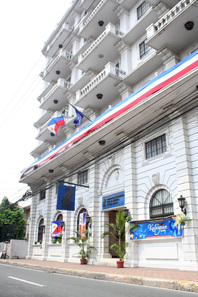
The NCCA together with the six cultural agencies work with the principle of partnership, collaboration and shared responsibility in effectively and efficiently achieveing the implementation of cultural programs as well as maximizing of resources.
History
In 1987, then President Corazon C. Aquino signed Executive Order No. 118 creating the Presidential commission on Culture and Arts. Five years later, in 1992, this presidential directive was enacted into law - Republic Act 7356, creating the National Commission of culture and the Arts (NCCA). The original bill was jointly authored by Senators Edgardo Angara, Heherson Alvarez, Leticia Ramos, Shahani, and Congressman Carlos Padilla.
Vision
A Filipino nation united, empowered and sustained by its cultural and artistic life and heritage.
NCCA's Mandate
- Pursuant to Sec. 8 of RA No. 7356, formulate policies for the development of culture and the arts
- To coordinate and implement the overall policies and program of attached agencies on the development of culture and the arts as stated under Executive Order No. 80
- Administer the National Endowment Fund for Culture and the Arts
- Encourage artistic creation within a climate of artistic freedom
- Develop and promote the Filipino national culture and arts; and
- Preserve Filipino cultural heritage
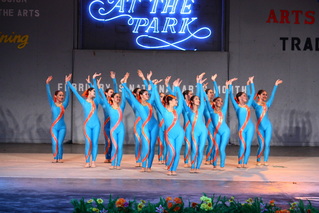
The Philippine Arts Festival
In 1991, presidential Proclamation No. 683 was signed, declaring February as National Arts Month. The National Commission for Culture and the Arts, the country's premier government institution for arts and culture currently headed by its chairman Felipe de Leon, Jr. and acting executive director Adelina Suemith, holds the Philippine Arts festival in celebration of NAM.
The NCCA provides support for various artistic an cultural activities in the country through its grants program. It provides funding support to writers, painters and visual artists, filmmakers, dancers and choreographers, musicians, architects and stage actors and groups to enable them to create new works, advance the state of their arts and develop a healthy climate throughout the country for the sustained dissemination and informed reception of their artistic productions. The NCCA also provides many talented individuals and groups, especially in the performing arts, the opportunity to study in various institutions abroad and/or complete in international festivals or contests, and many of them have returned bringing honor to the country with the many awards they reaped along the way.
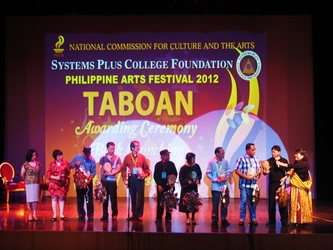
The central image of the PAF logo is the stylized rice stalks, alluding to harvest, particularly of products of creative processes tht express the dreams, aspirations and ideals of the Filipino artist. The seven grains of the stalks represent the seven arts. The flame represents the NCCA's mission of supporting arts in the Philippines. The seven grains of the stalks represent the seven arts. The bright colors evoke the festive mood which the Philippine Arts festival instends to foment and symbolize the abundance and excellence of Filipino artistry.
Every year, the NCCA works hand in hand with arts and culture organizations, government agencies, local goverment units, educational institutions, business establishments and individuals in holding various initiatives in the arts. The Philippine Arts Festival mainly compromises the flagship projects of the seven committees of the Subcommission on the Arts, namely, the National Committee on Architecture and the Allied Arts, headed by Gerard Lico; the National Committee on Cinema, headed Dr. Miguel Rapatan; the National Committee on Dance, headed by Shirley Halili-Cruz; the National Committee on Dramatic Arts, headed by Dr. Lutgardo Labad; the National committee on Literary Arts, headed by Dr. Priscilla Macansantos; the National Committee on Music, headed by felipe de Leon, Jr.; and the National Committee on Visual Arts, headed by Nemesio Miranda.
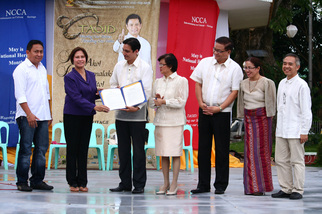
The National Heritage Month was born out of Proclamation No. 439 signed on August 11, 2003, declaring the month of May of every year as naitonal heritage Month. This is "in recognition of the need to create among the people a consciousness, respect, and pride for the legacies of Filipino cultural history, and love of country."
Last year, the celebration was led by the NCCA's Subcommission on Cultural Heritage, headed by Regalado Trota Jose, with a lineup of activities for the whole month revolving around the theme, "Taoid: Weaving our Stories, Threading our Paths," giving us a glimpse of the agencies of the apst and how it remains to shape the present and future. It was a recognition and celebration of the different aspects of our national cultural heritage - our traditional art forms and practices, important cultural structures both movable and immovable and other objects of natyional importance whether tangible and intangible.
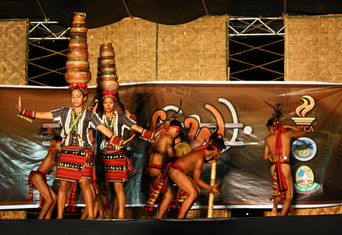
Every October, the NCCA spearheads the celebration Indigenous People's Month, under the auspices of the NCCA's Subcommission on Cultural Communities and Traditional Arts, in consonance with the Presidential Proclamation 1906, declaring October as national Indigenous Peoples' Month. Of recent, the celebration is in the form of grand festivals focusing one each Philippines' major island cluster. In 2007, Kalimudan: Panaghi-usa sa Mindanao (Mindanao Indigenous Peoples' Gathering) held in Davao City in November, featured Mindanao's ethnic groups. The following year, Timpuyog: Indigenous People Month Celebration in Luzon was held in Santiago City, Isabela, focusing on Luzon ethnic groups and featuring performances, arts and crafts workshops, cultural awareness lectures, forums, tours, and a theme-park exhibition featuring the traditional houses, cultural resources, practices/rituals, chants, music, songs and dances, stories, traditional arts and crafts, indigenous games. in 2009, the Indigenous Peoples' Festival was held in the Visayas, particularly in Roxas City, Capiz, called Dungog, with similar activities and aims. The next year, it was held in Manila. Last year, Tagum City, Dacao del Norte, hosted Dayaw: Philippine Indigenous Peoples festival. The festival aims provide venue for indigenous peoples to celebrate the richness of their cultures; allow cultural exchanges that will foster deeper cultural understanding to sustain a culture of peace; provide opportunity to discuss IP rights; give students and other people a chance to deepen their awareness and appreciation of indigenous cultures; recognize the expertise and contributions of indigenous communities; and advocate for the preservation as well as integration of traditional culture into the national cultural mainstream.

